06 Jun Learning from the expert: Photography and videography seminar-workshop with Michael Sy
Camera usage has become one of the newest medium in communication where people have interacted more in photography and videography to capture life’s most prized events.
In today’s modern era, more and more people are taking to the internet and social media to share photos and videos and search for those that have become more trendy to the mass.
“START UP: An Intro to Photography and Videography”, a videography and photography seminar-workshop, was held last Saturday, June 3 at the Nest, Corrales-Chavez St. in Cagayan de Oro City. The participants of the event comprised of different individuals from all walks of life where they learn the basics of photography from manipulating software, settings, composition to the value of photo and video in digital media. Standing as speaker, Michael Sy, is a videographer for WhenInManila.com and Video Producer of GadgetMatch.com who also started dreaming of becoming one of the most prominent persons in photography and videography world.
The first part of the workshop was about the essentials of Photography where parts of a camera were presented and discussed. Sy said that the fundamentals of photography are all based on light manipulation. And so he gave emphasis on how to manipulate the camera light by controlling the camera’s Aperture, Shutter Speed, and the ISO.
To discuss it here, the Aperture is the lens opening part of the camera and is also responsible for adding a dimension to a photograph by blurring the background or magically brings everything into focus. The unit of Aperture is expressed in f-number (f-stop) which describes the size of the opening of the lens. A smaller f-stop means larger aperture and a larger f-stop means a smaller aperture. Some may find it confusing since we are used to a virtually accepted rule that a random change of a number is directly proportional to its results. However, according to Michael, this rule may be misleading especially to those who are still starting. Since the f-stop size is responsible for blocking the light on the lens, say f/1.4, the smaller it is, the smaller the blocking of the light and the larger the light that goes inside.
Moreover, the size of the aperture affects the depth of field (the area of the image that appears sharp) of the image. As discussed, the smaller the aperture, the larger the light which results to a sharpened foreground (subject) and a blurred background. While a higher aperture results to a lower aperture light producing a more focused subject and background on the photo. The Aperture is also important in making the subject of the photo more vivid without the background noise, especially when shooting on busy streets or crowded places.
On the other hand, the Shutter Speed determines the creation of dramatic effects by either freezing the action or blurring the motion, especially in sports photography. If the shutter speed is fast, it can freeze the movement of objects seen by the camera, and if the shutter speed is slow, it may produce a blurred motion.
Slow shutter speed is also used in photography lighting or in taking photographs at night time where landscape photographer prefer to create a sense of motion, say, in flowing rivers while keeping everything else on focus.
Shutter speed is measured in fractions of a second (for example 1/4 means a quarter of a second, while 1/250 means one two-hundred-and-fiftieth of a second or four milliseconds). Higher shutter speeds make the photo darker yet there are techniques which can make up to this inevitable effect produced by the camera. When applying shutter speed, tripod must be used to avoid blurring the image.
ISO, on the other hand, is the level of sensitivity of your camera to present light. The lower the ISO number, the less sensitive the camera is to light, while a higher ISO number increases the sensitivity of the camera. Image Sensor is the most important part of a camera which is responsible for the accumulation of light and its transformation to the image. With the application of ISO, the camera can capture images in low-light environments without having to use a flash. However, higher sensitivity can add more “noise” to the image. ISO numbers sequence start from 100, 200, 400, 800, 1600, 3200, 6400 and etc.
Michael also discussed the main compositions in photography, the Rule of Thirds and the symmetry. Well, actually there are many compositional rules in photography like leading lines, balancing elements, experimental, framing, etc but he focuses on the rules often used.
Rule of thirds is applied by aligning a subject along with the guidelines and their intersection points that are identified as three horizontal and vertical lines. When putting the subjects along the lines, it will make photos more balanced and more natural-looking. Since the viewer’s eyes will go directly to these areas rather than to the center. This technique is mostly popular to portrait photographers because it creates more meaningful images. In fact, according to some psychologists, the rule of thirds is important to appeal emotions from the viewers.
Symmetry refers to an imaginary line that splits an object in half. If both sides of the object are an exact mirror image of each other, this object is said to be symmetrical in form. This is normally applied when a photographer wants to give the viewer-pleasing and calming results.
Emotions in videography
A motion video is comprised of several pictures captured simultaneously in fractions of a second.
Videography is the process of capturing moving images by using electronic media that is usually associated with cinematography. Michael didn’t explain further the technicalities of videography, but he focused more on the core of the story from which photography and videography are anchored on.
Angles in taking videos and photos are important in order to make it more artistic and exciting. Try to imagine that you are watching a movie or any video and the angle of the camera does not change up until the end? Viewers will surely find it dull and boring. Combining different camera techniques matters to make the video more lively and experimenting is much preferable to put your own signature of techniques into your work.
Michael also shared some of his experiences as a photographer and videographer to inspire the participants to have their own idea and techniques on how to “Start Up” and find their passion using the camera as their best buddy.
As a conclusion, being able to have a high-quality camera is much preferable. However, it doesn’t mean that you have to go with the very expensive ones. As Michael Sy said, becoming a good buyer is also good in order to get what one desires. The techniques of editing and capturing an image and a moving moment matter the most in making an excellent photo and video. It contributes to the effective transfer of the story to the audience will always remember.


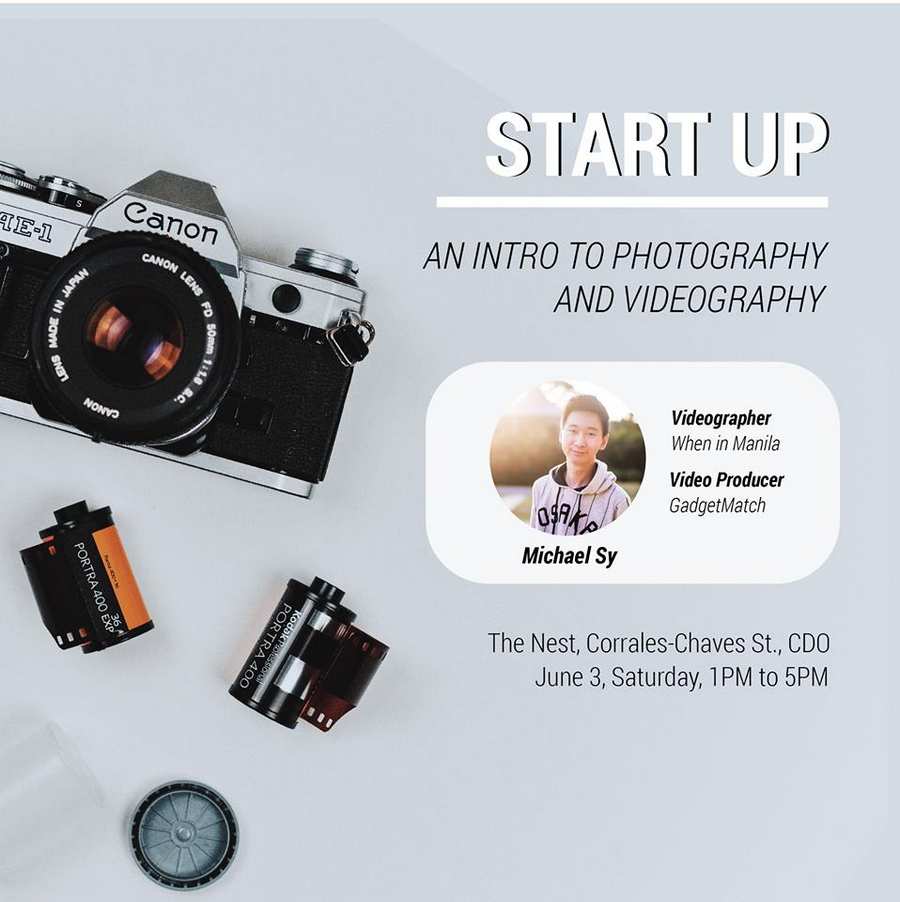
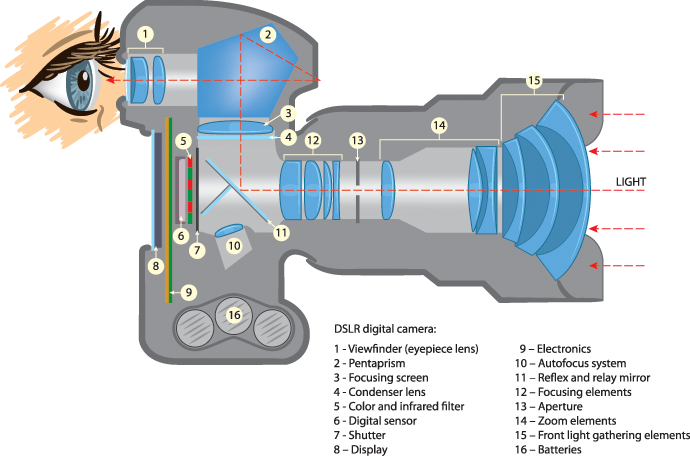

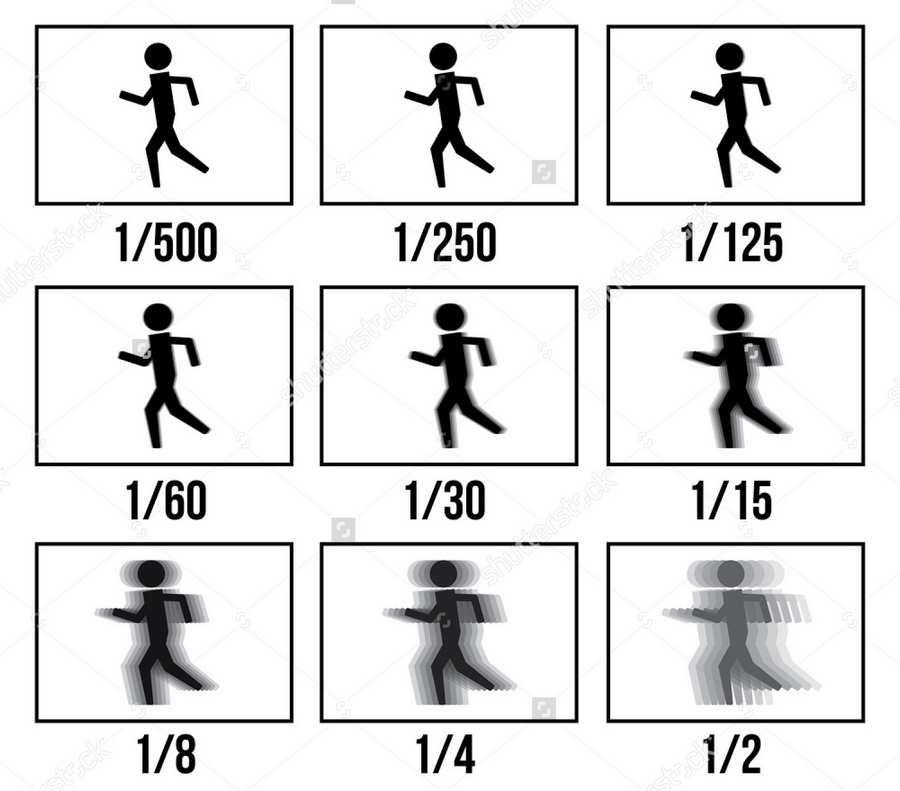

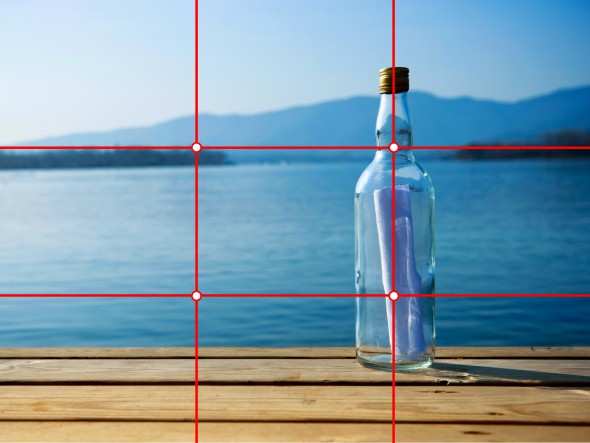
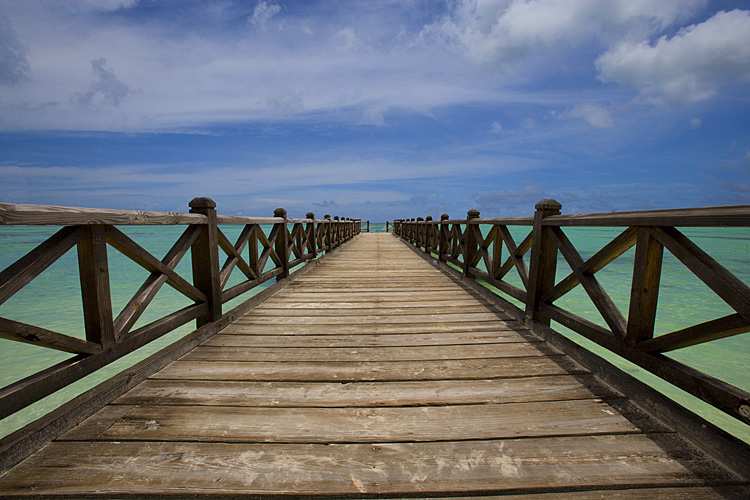


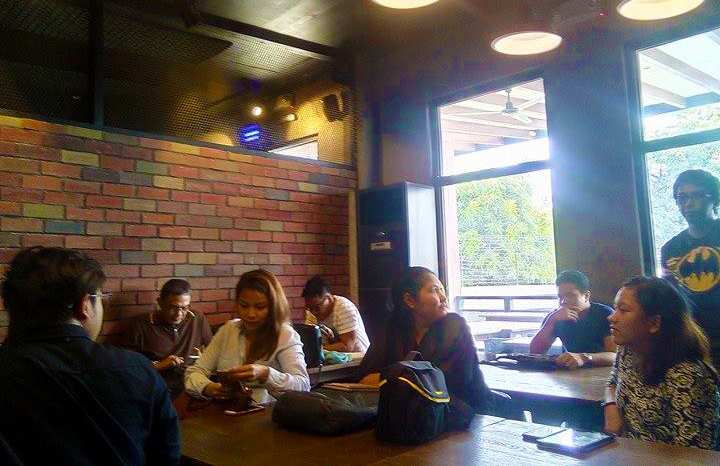


No Comments